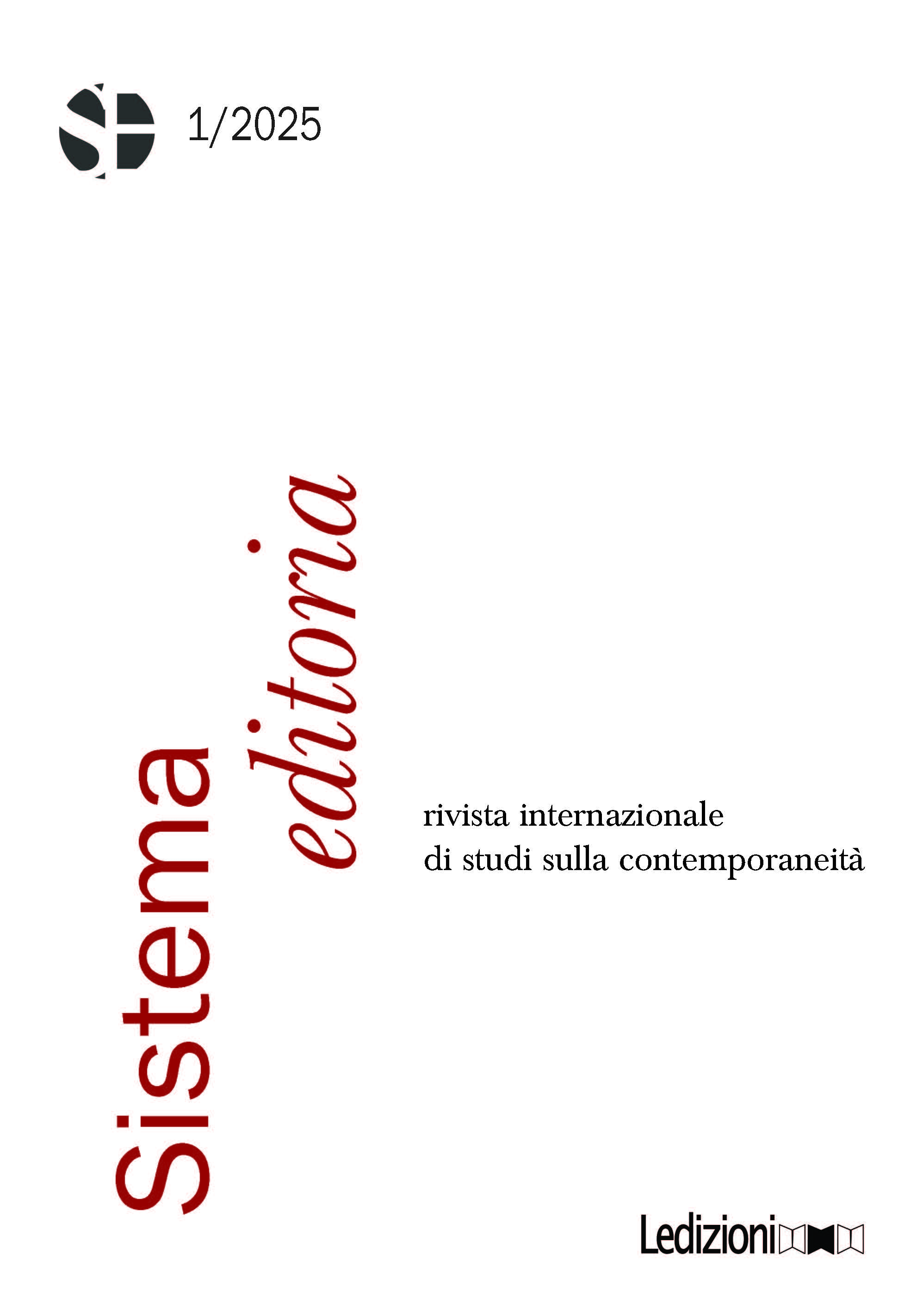Published 2025-05-31
Keywords
- Reading on paper,
- Reading on screen,
- Digital reading,
- Reading media differences,
- Reading comprehension
Copyright (c) 2025 Enrico Meglioli

This work is licensed under a Creative Commons Attribution-ShareAlike 4.0 International License.
Abstract
Forms of reading have changed many times over the centuries. Today, after the rise of the Internet and with the widespread diffusion of increasingly more affordable and sophisticated digital technologies, we are experiencing a new, radical change in the way we produce and consume written texts, which have in large part moved from the ‘physical’ world of paper to the ‘virtual’ world of digital screens. When the new digital technologies first appeared, the benefits they provided in terms of quantity and quality of information they conveyed in written, visual, audio, and video format spurred many policymakers and leaders in the fields of education and publishing to encourage a complete shift from the paper medium to the digital one. This choice, however, largely underestimated the impact that the reading medium has on the readers’ cognitive behaviours and even neurological structures. New studies have started to shed light on the different mechanisms underlying reading on paper and reading on screen, and their specific features. This paper aims at offering a review of the main lines of research concerning the differences between reading on paper and on screen, and what recommendations can be drawn for teachers and all those involved in the literacy education of the new generations, but also for contemporary readers, who have now the opportunity to access more information and stories and in more formats than ever, but can be disoriented by the variety of reading media, and uncertain about how to take the best out of it.Three will be the main focuses of the review: research interested in showing the different impacts of the reading media at the neurological level; research on the physical and haptic differences between reading on paper and reading on screen; and the results of some of the more comprehensive studies on the impacts of the reading media on comprehension and learning, especially for the young generations of readers.


